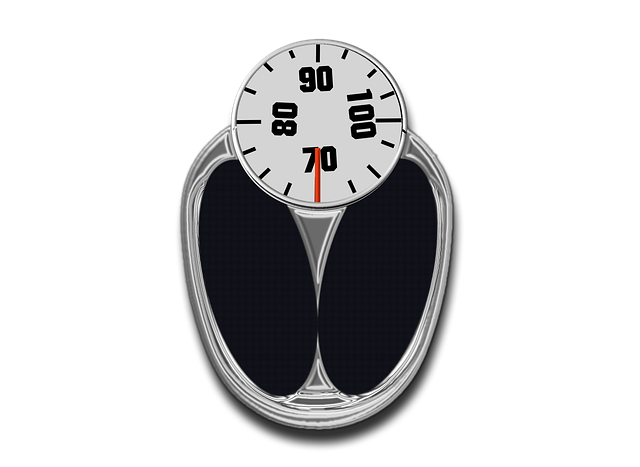Weight Loss Balloon: What to Know About the Stomach Balloon Procedure
A weight loss balloon is a temporary device placed in the stomach to reduce hunger and help people change eating behaviors. It is used alongside diet, exercise, and behavioral support to assist with moderate weight loss for selected patients. Understanding how it works, who is eligible, and what to expect helps set realistic goals and reduces surprises during the course of treatment.

This article is for informational purposes only and should not be considered medical advice. Please consult a qualified healthcare professional for personalized guidance and treatment.
What is a weight loss balloon?
A weight loss balloon (often called an intragastric balloon) is a soft silicone or polymer device introduced into the stomach to occupy space and promote a feeling of fullness. There are different designs: some are inserted and filled with saline through an endoscope, and others are swallowed as capsules that inflate once in the stomach. The intention is to support calorie reduction by decreasing appetite and portion sizes while patients work on sustainable dietary and behavioral changes under clinical supervision.
How does a balloon affect the stomach and appetite?
When placed in the stomach, the balloon takes up volume and reduces the amount of food the stomach can comfortably hold, leading to earlier satiety. That mechanical effect is complemented by changes in gastric emptying and hormonal signals related to hunger in some cases. Effects vary by individual: some people experience strong appetite suppression initially, while others notice more modest changes. Because the balloon is temporary, success typically depends on using the time with the device to learn portion control, healthier food choices, and consistent habits that continue after removal.
What does the medical procedure involve?
Procedures differ by product. Endoscopic placement typically involves sedation, insertion of an endoscope through the mouth, and filling the deflated balloon with saline or air. Swallowable balloons come as capsules attached to a thin catheter and are expanded after reaching the stomach. Placement usually takes less than an hour, and removal is a similar outpatient procedure when the treatment period ends (commonly six months to a year, depending on product and clinical plan). Like any medical procedure, placement and removal are performed by trained clinicians in healthcare settings with appropriate monitoring.
Who is a candidate and how does healthcare oversight matter?
Candidates are usually adults with BMI and health profiles that meet established criteria, often those who have not achieved sufficient weight loss with conservative measures but who do not yet qualify for bariatric surgery. Screening typically includes medical history, psychological assessment, and discussion of expectations. Healthcare oversight is essential: clinicians assess risks such as prior gastric surgery, large hiatal hernia, certain medications, or gastrointestinal conditions that could make a balloon unsafe. Regular follow-up appointments are required to monitor progress, manage side effects, and coordinate nutrition and behavior support.
What are risks, side effects, and aftercare expectations?
Common short-term side effects include nausea, vomiting, abdominal discomfort, and reflux as the stomach adapts; these usually improve within days to weeks, and clinicians may prescribe medications for symptom control. Less common risks include balloon deflation, obstruction, or gastric ulcers; serious complications are rare but possible. After placement, structured aftercare—dietitian consultations, physical activity guidance, and behavioral therapy—is crucial to maximize weight loss and maintain it after balloon removal. Long-term success relies on adopting sustained lifestyle changes rather than relying solely on the device.
Conclusion
A stomach balloon is a temporary medical option designed to assist weight loss by reducing gastric volume and supporting behavior change during a structured clinical program. It is not a standalone cure; effectiveness depends on careful patient selection, comprehensive healthcare oversight, and commitment to diet and lifestyle modifications. Anyone considering this procedure should discuss risks, benefits, and alternatives with a qualified healthcare provider to determine whether it fits their health goals and medical circumstances.






